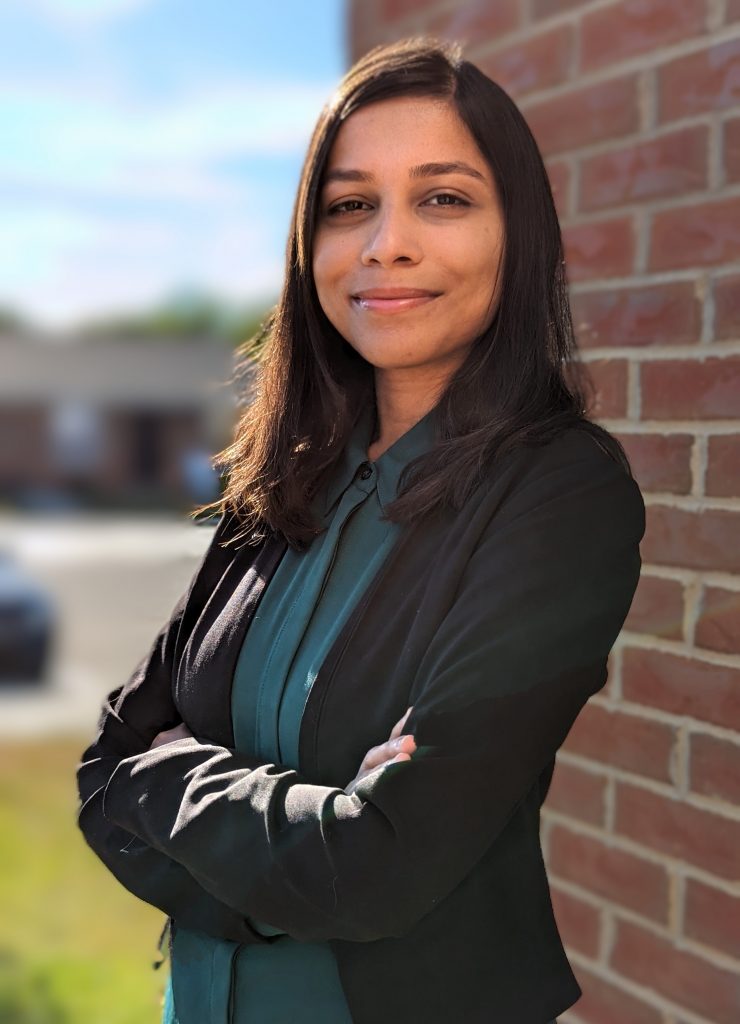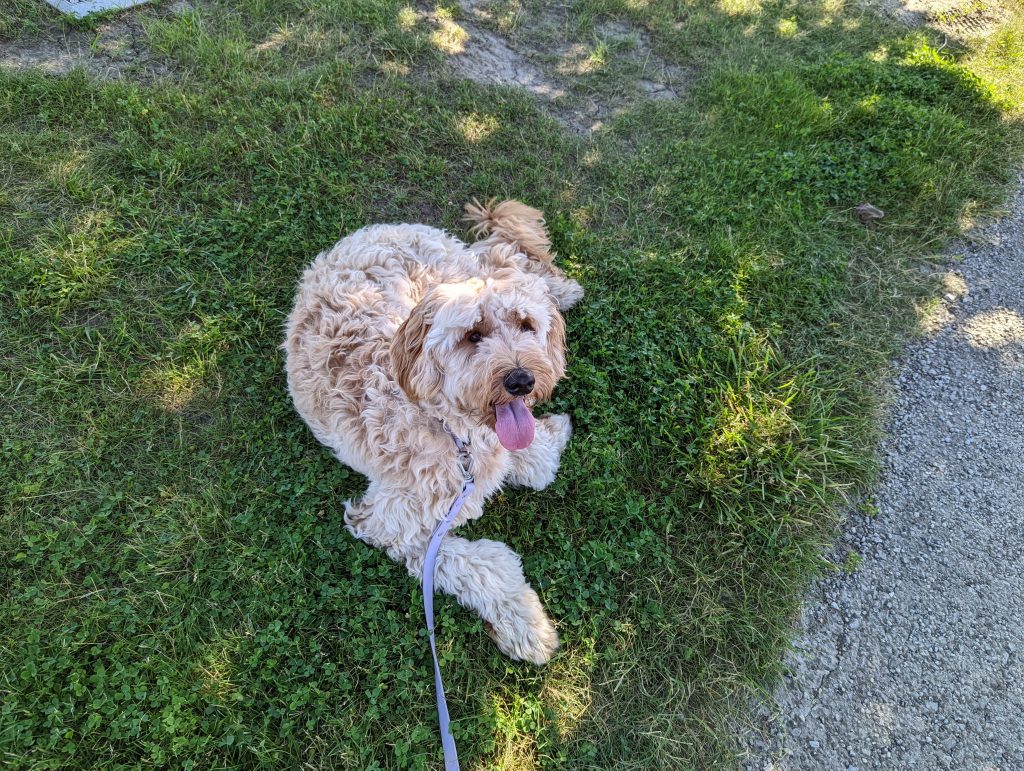Pursuing a childhood dream to be an academic
Author: Nick Fetty
Author: Nick Fetty

Even as a child, one of the incoming members of the mechanical engineering (ME) faculty knew she wanted to pursue a career in academia.
Aishwarya Pawar, who will join the ME department as an assistant professor in Fall 2022, was introduced to the STEM field by her parents growing up in Goa, India. Her father, Rajiv, is a medical doctor while her mother, Swati, is a physics professor at Dhempe College of Arts and Science. She had the opportunity to occasionally accompany her mother in the office and on different work trips, which led to her interest in academic research.
“By attending conferences and talking to research professors while growing up, I was stimulated by the academic environment, and I decided as a child that I wanted to be part of that someday,” she said.
Her inclination toward subjects such as math and physics, coupled with her participation in Olympiad events, led her to pursue her undergraduate studies in ME at Birla Institute of Technology and Science, Goa. Here she developed an interest in fluid mechanics and computational sciences and dove deeper into these areas through research and internships. As a junior, she was part of a project called “Enhancement of Jet Mixing and Noise Suppression in Jets” which applied elements of gas dynamics, aeroacoustics and computational fluid dynamics (CFD).
“I used ANSYS Fluent to simulate subsonic flow through a nozzle and study the various factors that increase the mass-entrainment in the jet flow,” said Pawar. “Then, I studied in detail the effect of different nozzle exit geometries and addition of tabs at nozzle exits on the enhancement of jet mixing and noise reduction in jets.”
She completed three internships as an undergraduate, including one with the Indian Institute of Science, Bangalore where she worked on a project titled “Developing Multigrid Algorithms for Incompressible Flows.” She said this experience solidified her desire to focus on studies in computational sciences for graduate school.
Pawar earned her M.S. in ME from Carnegie Mellon University, and she stuck around the Pittsburgh-based university to pursue her Ph.D. in ME. As a doctoral student, her research extended into the realm of health and biomedical sciences. She developed generalized, highly accurate, and efficient parallel methods for three-dimensional image registration and segmentation for capturing large and complex physiological changes between medical images using spline-based methods. She also worked on open-source software with applications for constructing patient-specific computational models.
“I have also worked on modeling all stages of neuron growth in a novel computational model using phase field modeling. This research is useful to develop a good understanding of complex neuron morphology and in the study of neurodegenerative diseases by understanding the mechanism of neuron growth under different conditions,” Pawar said.
Her dissertation was titled “B-spline Based Image Segmentation, Registration and Modeling Neuron Growth.” After completing her Ph.D., Pawar served as a postdoctoral research associate at Purdue University. Here she worked on integrating biophysics into image registration, modeling growth and remodeling of biological tissues through image analysis.
“I have applied this research for the growth and remodeling of skin tissue during reconstructive surgery and modeling the epiboly process in growing zebrafish embryos,” said Pawar. “It is a generalized framework which can be used for cell and tissue engineering.”

Once she arrives at Iowa State University, Pawar will be responsible for teaching M E 345: Engineering Dynamics her first semester. She also seeks to establish a research lab focused on developing a robust and generalized image-to-analysis paradigm that can efficiently handle arbitrary image data to generate accurate computational models and provide analysis for complex applications. She will also be looking to recruit both undergraduate and graduate students to work in her lab.
“I am looking for highly motivated students who have interest in programming and numerical analysis. I feel it is important to be active in terms of asking lots of questions, not taking things at face value, and digging deeper. Determination, perseverance, and patience are the most important qualities I seek in my students,” she said.
Pawar said she would like to be involved with Iowa State’s newly established Translational AI Center as well as the Virtual Reality Applications Center to collaborate with a diverse array of researchers. She also sees potential for collaboration with other current ME faculty members such as Eliot Winer, Carmen Gomes, Sarah Bentil and Beiwen Li.
In her free time, she enjoys traveling and hiking with her husband, Avaneesh, and their one-year-old goldendoodle, Vera. Pawar also enjoys photography, gardening, and Hindustani classical music. She said she is excited to move to Ames to begin the next chapter of her professional journey.
“I felt that the diverse and exciting research in computational sciences carried out by the department was a great fit for me,” said Pawar. “I am also eager to mentor and teach talented students at Iowa State University and design some interesting courses that combine modeling with virtual reality.”